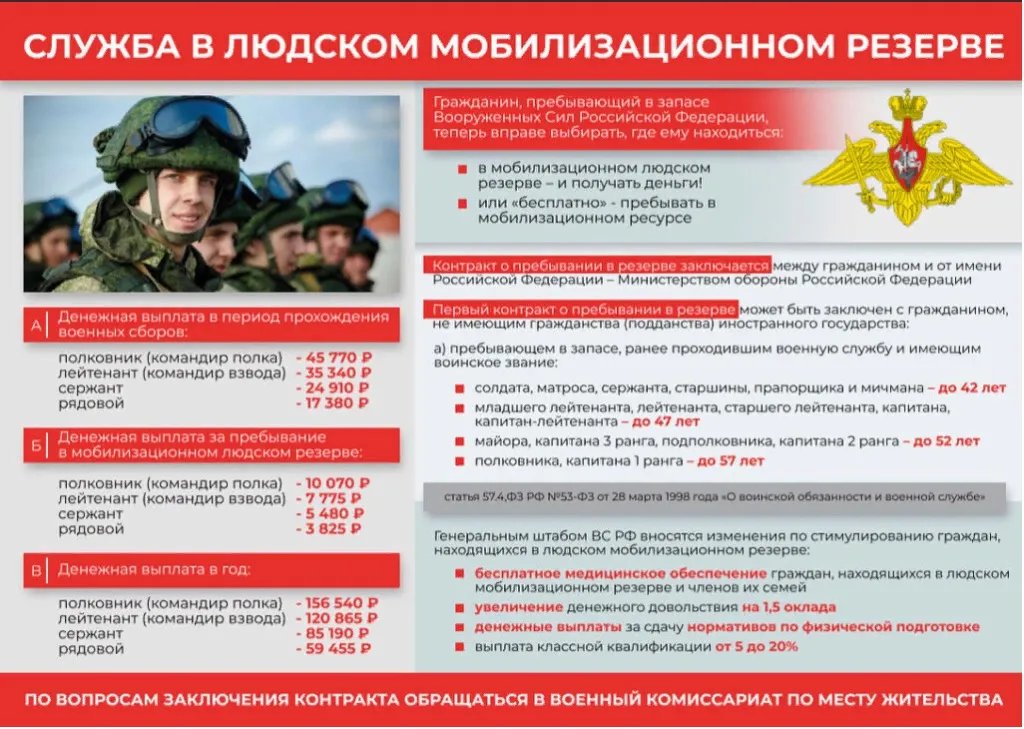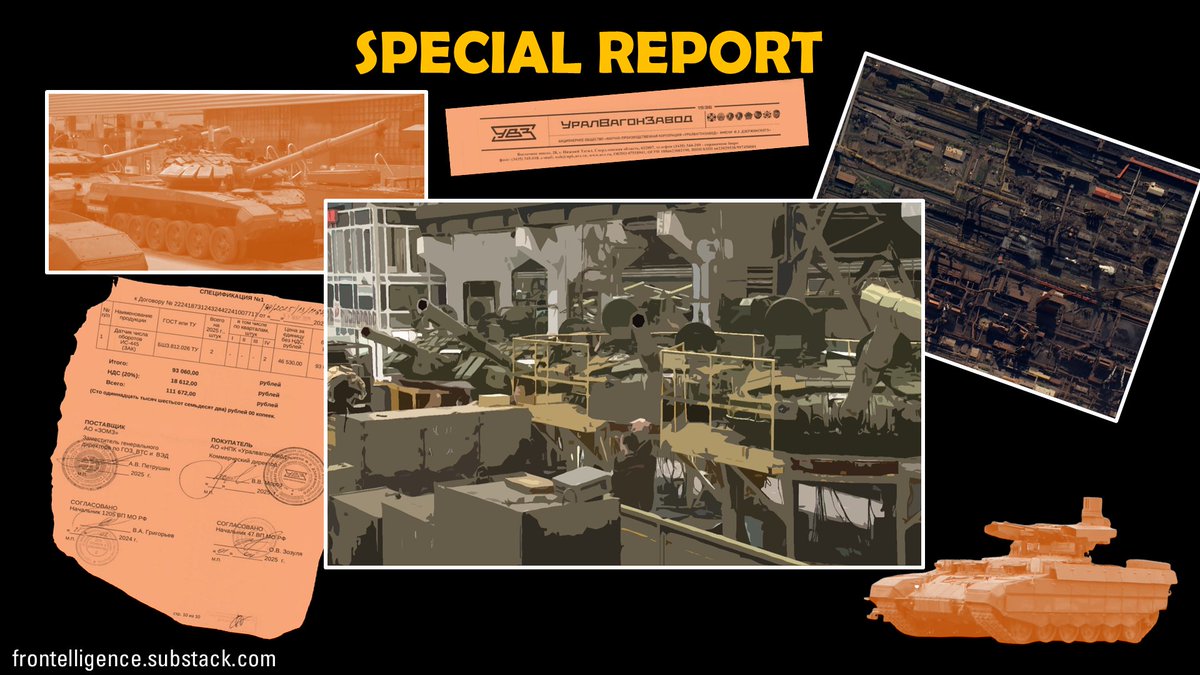Breaking: On October 13, Russia’s Government Legislative Commission backed a Defense Ministry bill allowing the use of reservists for defense-related tasks in peacetime. The measure expands the military’s authority to call up reservists for wartime needs. 🧵Thread:

2/ According to the draft law, “special assemblies” are military call-ups for specific defense missions during armed conflicts, counterterrorism operations, or when forces are deployed abroad. Only reservists will be subject to these special assemblies.
3/ Russia’s mobilization reserve consists of individuals who have voluntarily signed contracts to remain in reserve. Putin established the country’s mobilization manpower reserve in 2015 through an executive decree.
4/ Reservists are required to undergo annual military training, during which their civilian jobs are retained. Employers receive compensation to offset the absence of employees called up for trainings. Currently, reservists use is authorized only during mobilization or wartime
5/ The proposed changes would allow the military to draw on the reserve “in far more cases than before,” said Alexei Zhuravlyov, first deputy head of the State Duma’s defense committee, speaking to RTVI on Sunday.
5/ “We are engaged in full-scale and very real combat operations, but officially war has not been declared,” Zhuravlyov said. “These legal nuances limited the Defense Ministry’s flexibility. Now, those restrictions have been removed”
6/ The exact number of people who signed such a contract remains speculative, and the reported figures vary from hundreds of thousands to several million. I’m currently working to verify whether that number is accurate.
• • •
Missing some Tweet in this thread? You can try to
force a refresh











